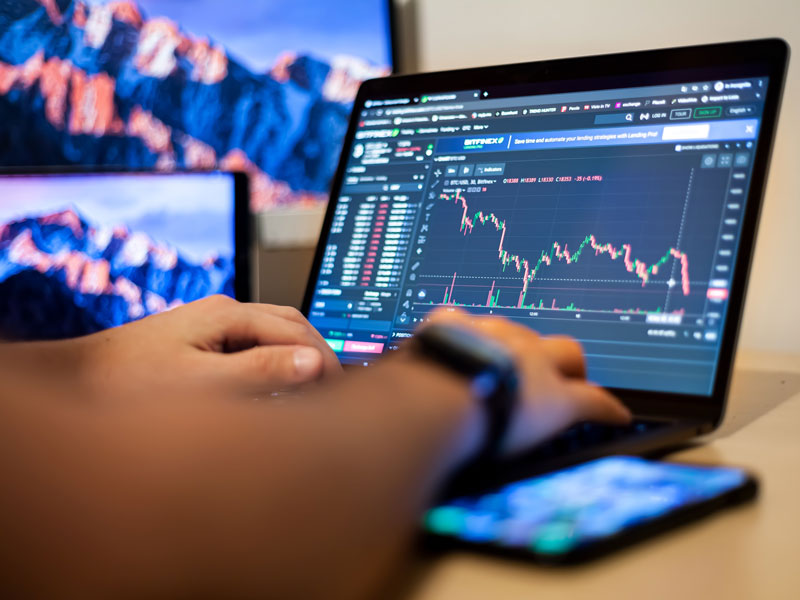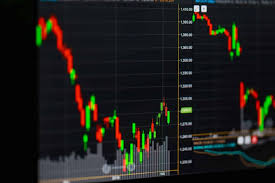Comprehensive Forex Trading Tutorial Master the Market 1696684125

Comprehensive Forex Trading Tutorial
Welcome to our in-depth Forex trading tutorial. Whether you are just starting or looking to enhance your skills, this guide will provide valuable insights into the Forex market. For those considering their options, forex trading tutorial Uzbekistan Brokers are notable mentions when exploring brokerage services.
Understanding the Forex Market
The Forex (foreign exchange) market is the largest financial market in the world, with daily trading volumes exceeding $6 trillion. It is a decentralized market where currencies are traded, with the aim of making a profit from fluctuations in exchange rates. Understanding the basics is crucial for any trader venturing into this space.
Key Terminologies
Before diving into strategies and trading practices, it’s essential to familiarize yourself with core terminologies:
- Currency Pair: The quotation of two different currencies, where one is traded against the other (e.g., EUR/USD).
- Pips: The smallest price move that a given exchange rate can make based on market convention.
- Leverage: The ability to control larger positions with a smaller amount of capital, typically provided by brokers.
- Spread: The difference between the bid price and the ask price, which is essentially the broker’s profit.
Choosing a Trading Platform
Selecting the right trading platform is critical for your trading experience. Look for ease of use, access to currency pairs, and essential tools like charts and risk management features. Popular platforms include MetaTrader 4, MetaTrader 5, and cTrader. Make sure to test a demo account before committing real funds.
Types of Forex Orders
Understanding the types of orders is vital for executing your trading strategy effectively:
- Market Order: An order to buy or sell a currency pair at the current market price.
- Limit Order: A buy or sell order that sets the price at which you want to execute your trade.
- Stop-Loss Order: An order designed to limit an investor’s loss on a position by closing the trade once it reaches a certain price.
Technical Analysis vs. Fundamental Analysis
There are two primary analytical approaches used in Forex trading:
Technical Analysis

Technical analysis involves analyzing price charts and using indicators to forecast future price movements. Common tools include moving averages, Relative Strength Index (RSI), and Fibonacci retracements. A well-crafted technical analysis helps traders identify potential entry and exit points.
Fundamental Analysis
Fundamental analysis looks at economic indicators and news events to gauge the strength or weakness of a currency. Key indicators include GDP growth rates, employment figures, inflation rates, and central bank decisions. Being aware of economic calendars can significantly affect your trading strategy.
Developing a Trading Strategy
A well-defined trading strategy is crucial for success in Forex trading. Here are some popular strategies:
Day Trading
This strategy involves opening and closing trades within the same day, allowing traders to capitalize on short-term market movements. It requires a good understanding of market fluctuations, as well as quick decision-making skills.
Swing Trading
Swing trading aims for gains within a period of days to weeks. Traders enter positions based on price swings and trends, relying more on technical analysis than day traders.
Scalping
Scalping is a short-term strategy where traders make numerous trades throughout the day, aiming to profit off small price changes. It requires a tight control of risk and excellent market timing.
Risk Management
Effective risk management ensures that you protect your capital while aiming for profitability. Here are key principles:
- Set Stop-Loss Orders: Always use stop-loss orders to mitigate potential losses, ensuring you exit trades before they cause significant damage.
- Position Sizing: Determine how much of your capital you will risk on each trade. A common recommendation is not to risk more than 1-2% on a single trade.
- Diversify: Spread your investments across various assets to reduce risk exposure.
Conclusion
Forex trading offers vast opportunities for profit. However, it also carries significant risks. As a trader, it’s essential to continuously educate yourself, practice on demo accounts, and refine your trading strategies. Remember to leverage the knowledge gained through analysis to make informed decisions. Good luck on your trading journey!

